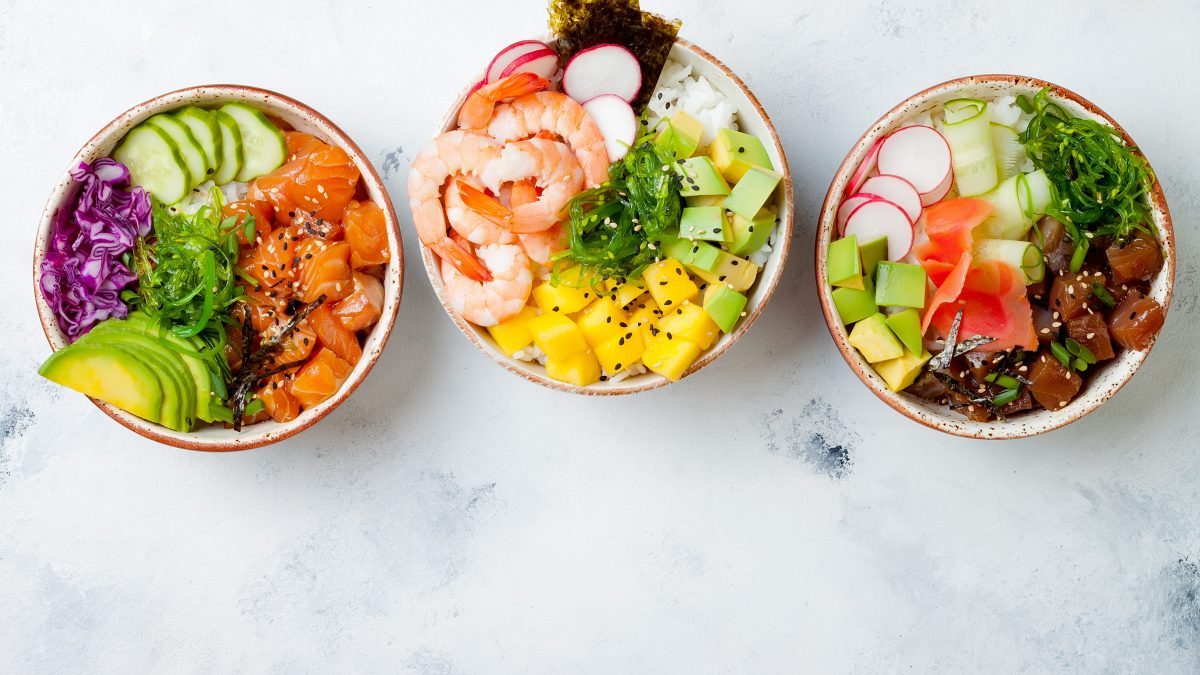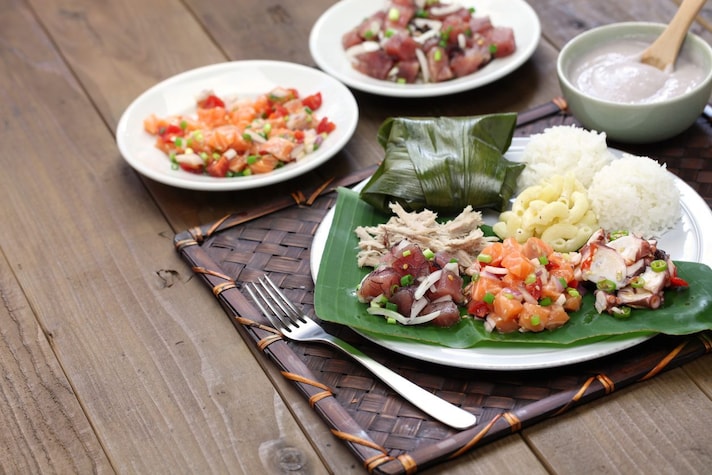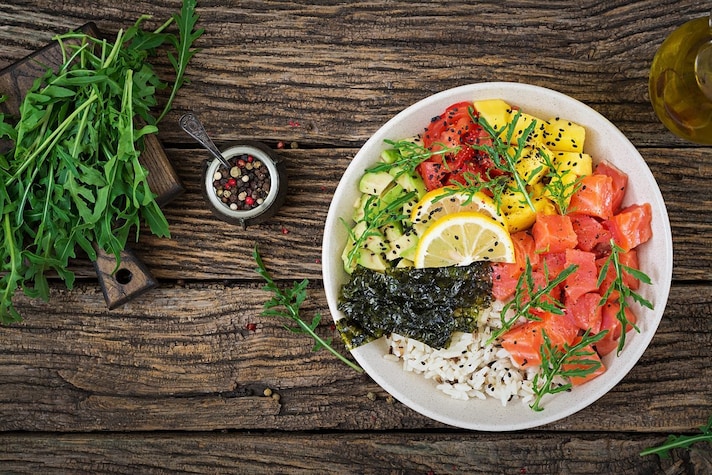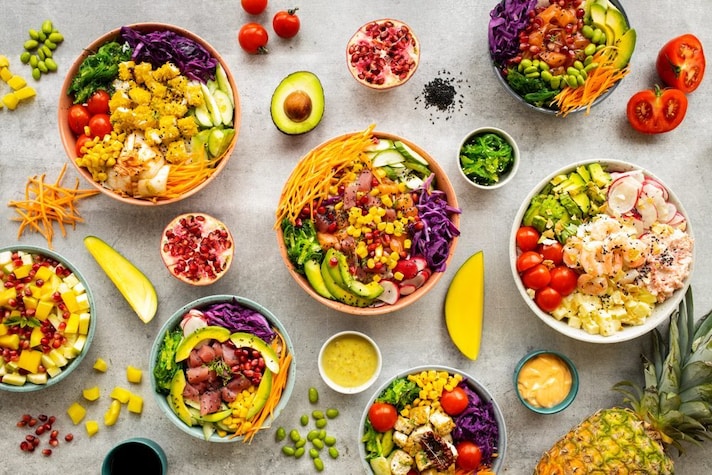
A simple bowl of rice and raw fish, enriched with seaweed, grains, legumes, and various vegetables: it's the poke bowl, a one-dish meal that has literally won the hearts—and palates—of Westeners in recent years. Versatile and light, the poke bowl is one of those simple dishes that can be a satisfying dinner, provided you know how to choose and curate its ingredients. But where does this specialty come from and how did it end up here? And above all, why has it changed so much from the original? Here's everything you need to know about poke: its history, its characteristics, and some tips on how to make sustainable and delicious poke at home.
Poke Bowl, The Taste of Hawaii
Almost everyone knows by now that poke bowl is one of the main dishes of Hawaiian cuisine, served as a main course or even as an appetizer, although the portions are somewhat smaller. Its original version, however, is very different from the one that has landed on our tables. This dish has very ancient origins, which appear to date back to the arrival of the Polynesians on these islands in the Pacific Ocean, around 400 AD.
The word poke, in ancient Hawaiian, means "to cut fish or wood crosswise" and refers to the way the fish is cut, but its traditional recipe includes only local fish cut into chunks, which is marinated in sea salt, seaweed, and kukui nuts (also known as candlenuts or Moluccan nuts). There are no traces of fruit, cabbage, rice, or other ingredients derived from Eastern cuisine such as soybeans (edamame): it's simply marinated fish, found in all Hawaiian delis. A very different dish from the one embraced by the healthy food trend, which calls for a generous portion of rice and fish like salmon, tuna, or shellfish like shrimp, much less meat.

The reason for its transformation is more straightforward than it seems: when dishes travel around the globe, they tend to adapt to local tastes and customs, popular trends, and the specific customs of the territories they reach. It's fair to say the same thing happened with sushi or kebab: the original recipes, in fact, are vastly different, in composition and ingredients, from those we're used to eating in the U.S.. In the case of poke, Japanese immigration to the volcanic Pacific archipelago initiated an initial blending with the native ingredients of the Land of the Rising Sun, a blend that intensified once the dish reached the mainland.
How to Make a Tasty, Sustainable Poke Bowl
The great success of poke in the United States first and then in Europe has also created several problems, in particular for raw materials such as avocado, widely used in "commercial" versions of poke, but also for fish, as a long article in Business Insider explains well, which in turn takes up a harsh intervention by chef Mark Noguchi.

So how can we address the sustainability of this type of diet without sacrificing taste? First, prepare poke bowls at home to avoid reinforcing a commercial network that has very little to do with ethics. Second, choose local ingredients, especially small fish that aren't considered risky, and avoid products like avocados, mangoes, and so on if you don't know their origin and cultivation method.
No one's stopping you from making a healthy, locally sourced poke bowl at home, even with products like salmon or avocado, as long as they're traceable. Today, in the U.S., for example, there are several local avocado producers that focus not only on economic returns but also on the sustainability issues we mentioned above. So, if you love poke, arm yourself with imagination and patience and search for the most suitable ingredients—the ones you prefer, of course, but ones produced with respect for tradition, people, and the environment. Knowing that you're not reproducing the original dish, but a modern version, worthy of respect and a symbol of an evolving culture.

;Resize,width=767;)
